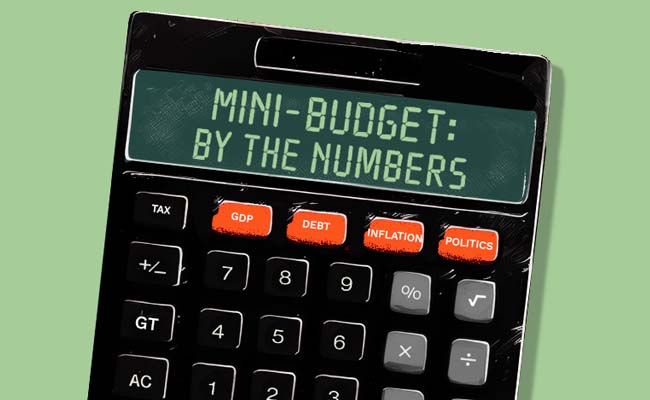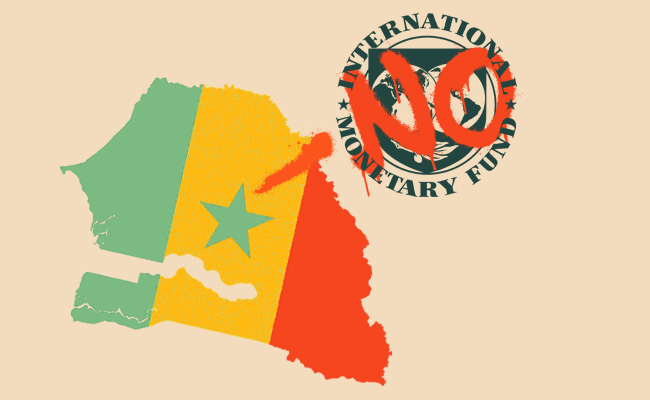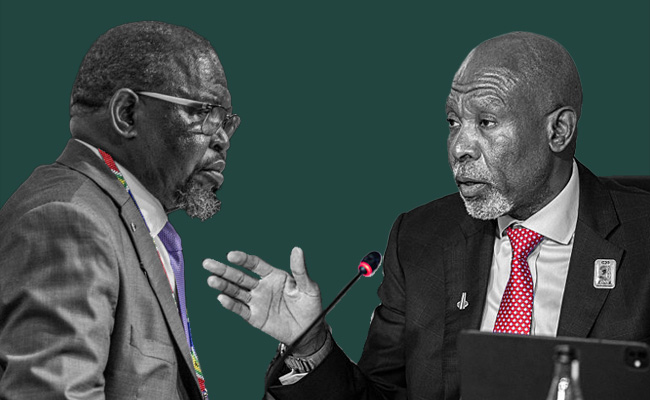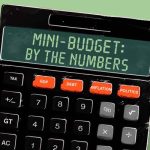Chill the champagne, schuck those oysters and queue the Barry White playlist, because the goose laying the golden eggs absolutely has to stay in the mood.
Thankfully National Treasury has some romantic forecasts. For one, it reckons the gold price will still be above $4,000 per ounce three years from now.
The precious metal is part of a gaggle of surging commodities that finance minister Enoch Godongwana and his department see flapping at roughly the same altitude.
Platinum is pencilled in at nearly $1,550 per ounce by 2028 and palladium at more than $1,300, reads a table in the medium-term budget policy statement.
These are the assumptions Treasury uses to inform its macroeconomic forecasts such as economic growth, which it now estimates at 1.2% for this year; gradually climbing to 2% by 2028. Sure, it looks better than most of the past decade’s stagnation, but it’s not nearly as attractive as the 4% and higher of the early 2000s.
It suits Godongwana to have the prices of these metals at such “elevated” levels as this latest commodities boom has been quite the windfall for the fiscus.
“The better-than-estimated tax revenue, of R19.7bn, is due to stronger household expenditure, which has boosted value-added tax collections, and improvements in corporate tax receipts and dividend tax,” he told parliament on Wednesday.
The companies mining those metals are among the large taxpayers that gave the budget a boost thanks to bumper profits. And their surging share prices – think how Sibanye-Stillwater, Valterra and Impala Platinum stock has doubled in value since the start of the year – have made consumers feel wealthier, which encouraged spending and, in turn, lifted VAT receipts.
Company tax actually brought in R4.6bn more, with an extra R4.2bn from dividends tax. VAT, despite staying unchanged at 15% after all the hooha between the government of national unity coalition partners earlier this year, gave the fiscus R11.3bn extra.
“There is still some big upside surprise that could come through for your corporate income taxes because the numbers currently don’t take into account the higher prices that we’ve seen to date,” says Momentum Investments chief economist Sanisha Packirisamy.
You’ll also remember that gold came to the rescue of our cash-strapped fiscus 18 months ago. That was when Godongwana announced that some of the profits on the Reserve Bank’s foreign exchange account, which includes gold and foreign currency, would be used to help manage the nation’s growing debt burden. The result has been R50bn from that account allocated to Treasury for use next year and the year after. But such is gold’s rally – it has more than doubled in the past two years – that yet another R31bn will soon come Treasury’s way. Hidden in the long reeds (or long reads?) of the 426 page adjusted estimates of national expenditure (AENE), is the explanation that this will too be used to pay down debt.
“In general you don’t want to rely on a commodity windfall for sustaining long-term expenditure needs, you always want a long term revenue stream to match that,” says Packirisamy
Citadel chief economist Maarten Ackermann agrees that high metals prices are not something you can bank on for the future. But he also does not just see it as a once-off. “There are many factors that could support the gold price at these levels, even if it does not necessarily rise as sharply as it did.”
The turbulence caused by US President Donald Trump’s sabre-rattling and his punitive tariffs for trading friends and foes alike has highlighted gold’s so-called safe haven status and lifted its price, according to Treasury.
Beware a market downturn
Less safe, it believes, are equity markets.
“In this regard, there are pronounced risks that inflated global equity market valuations, particularly of AI stocks, could suddenly reverse, causing instability in financial markets,” writes Treasury.
Godongwana’s team actually sketch out two global scenarios, and a domestic one, that could have a significant impact on South Africa’s fortunes.
The “global downside” scenario could play out if tariffs remain high and disrupt international trade. Then South Africa will be affected by lower global demand, falling commodity prices and increased uncertainty reflected in financial markets. In this case, “the exchange rate weakens while borrowing costs increase in response to greater uncertainty, undermining the fiscal position”, it says. This could be a drag of 0.6% on the nation’s GDP by 2028 and as much as 1% by 2033.
In a “global upside” scenario there is a permanent return to lower effective tariffs, while normalised trade policy supports global demand, so South Africa benefits from improved demand and rising commodity prices. As a result, South Africa’s risk premium and borrowing costs decline thanks to reduced uncertainty and a stronger exchange rate. “GDP is projected to be 0.3% above baseline by 2028, improving gradually to 0.5% by 2033,” it reckons.
Then, of course, there is the “domestic upside” scenario that “models a successful scale-up of capital spending and operational efficiency by public entities”. Wouldn’t every taxpayer just love it if that comes to pass?
Hopefully the rest will be more than just a figment of fiscal imagination. Look at this part of the domestic upside scenario: “Operation Vulindlela reforms and private sector investments gather pace in energy, transport and logistics, and water. Productive capacity improves alongside business and investor confidence, supporting a further reduction in the sovereign risk premium.”
Yet even in this scenario, Treasury’s GDP forecast is still a measly 1.4% “above baseline by 2028, improving gradually to 1.8% by 2033”.
Projections aside, the whole game is still about getting and keeping government debt under control. Godongwana’s department now claims that the debt will peak at 77.9% of GDP somewhere this year. More important is where it will go in the medium term; Treasury forecasts 67.9% by 2033/34.
Whether this government will stay the course, using every golden egg to get those borrowings down to sustainable levels, will be key for both investors and taxpayers. Anything else, and our goose is cooked.
This story has been updated with additional comment.
Top image: Rawpixel/Currency collage.
Sign up to Currency’s weekly newsletters to receive your own bulletin of weekday news and weekend treats. Register here.











